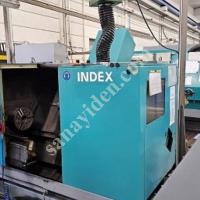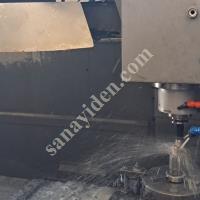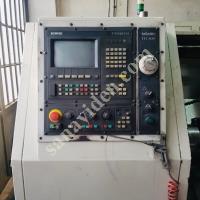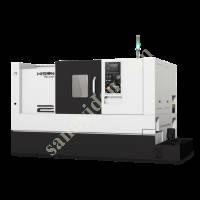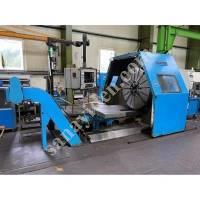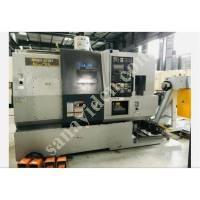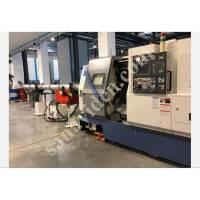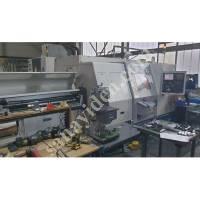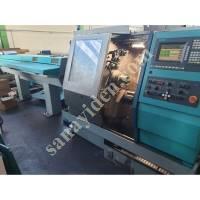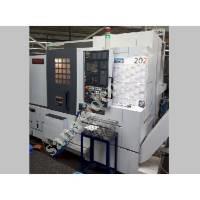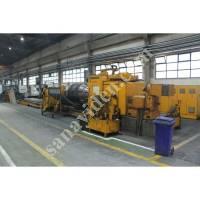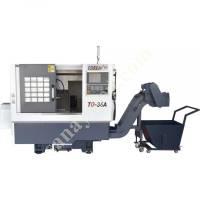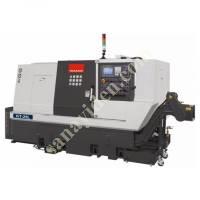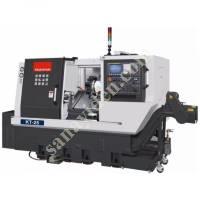 How Does a Lathe Work?
How Does a Lathe Work?Introduction: A lathe is a machine used to turn wood or other materials into objects. Lathes are often used in machining, which is the process of making parts using a cylindrical cutting tool called a knife. Lathes work by turning the material on a spindle that creates an object from the material.
What is a Lathe?
A lathe is a machine that can be used to turn a variety of materials, including metals, plastics, and other non-metallic materials. The purpose of a lathe is to cut these materials into specific shapes.
What Kind of Materials Can Be Cut on a Lathe?
There are three main types of lathes: open loop (or standard) lathes, closed loop (or Variable Speed) Lathes, and woodworking lathes. Open loop plates are the most common type and operate on a standard belt drive system. They usually have four to eight circles per inch in diameter and can produce different speeds depending on the material being spun. Closed loop plates are more advanced than open loop plates and use a variable speed system to produce different shapes using multiple circles per inch in diameter. They can also be used for woodworking applications.
How to Use a Lathe.
Before you start using a lathe, make sure you have the right tools and materials. You will need a lathe, drill, saw blade, chisels, coping saws, hammer, screwdriver and other essential tools to complete your project.
To cut materials using a lathe, follow these steps:
2.1 Cut Materials.
1. Start by selecting the material you want to cut. To do this, take into account the type of material (wood or plastic), the desired shape (round or square) and the size of the object you want to create.
2. Use the drill bit to start drilling the wood or plastic of your choice. Make sure you don't over-drill or damage your machine; Always use a soft grip when drilling.
3. Use the saw blade to slice your material into round or square shapes. Make sure you don't cut too deep into your wood or plastic; go slow instead and be careful not to damage your machine with the sharp blades!
4. Finally, use the chisels to remove any bumps or crevices from your object before turning it into a finished product!
Lathe Safety Tips.
Lathes are dangerous machines and should only be used by experienced, licensed persons. Do not operate your lathe if you are not comfortable. Use a protective shield to protect yourself from the hazards of the machine and the tools it uses.
If you encounter any problems while using your lathe, please contact your local police department or lathe manufacturer for assistance.
Keep your lathe clean to avoid jeopardizing its safety and investment. Cleaning your lathe will also help increase its performance. Be sure to lubricate regularly, replace belts and clean all parts of the machine frequently.
Keep Your Lathe Clean.
The best way to keep your lathe running is to keep it clean! Make sure you dry everything before starting work, then use a vacuum cleaner or hose to suck up any residue that may be left in the machine. You can also use a duster or sling to clear obstructions in the Turn Tool Path (LTP).
Be sure to follow these safety tips when cleaning your lathe:
Know the Working Conditions of Your Lathe.
YourLathe operates in three main operating conditions: stand-alone operations (such as screw rotation), belt-driven operations (such as gear rotation), and reciprocating operations (such as moving parts). Each type of operation has unique operating conditions to consider when planning how to best maintain and operate your lathe. In addition, each type of work requires its own safety measures when used in an incomplete or dangerous state:
To ensure safe and efficient workflows, our team recommends familiarizing yourself with any type of operation before embarking on any project! To get started, take some time on orientation day at your local machinist school or workshop, onsite or online, to review basic safety guidelines for common types of machining processes.”
conclusion
The lathe is an essential tool for artists and engineers. You can make many different types of materials using a lathe, including metals, plastics and wood. When working with a lathe it is important to be safe and to know the operating conditions of your lathe. If you are not familiar with these conditions, seek help from a workshop leader or other professional. Finally, don't forget to enjoy your work - be careful when cutting materials!

